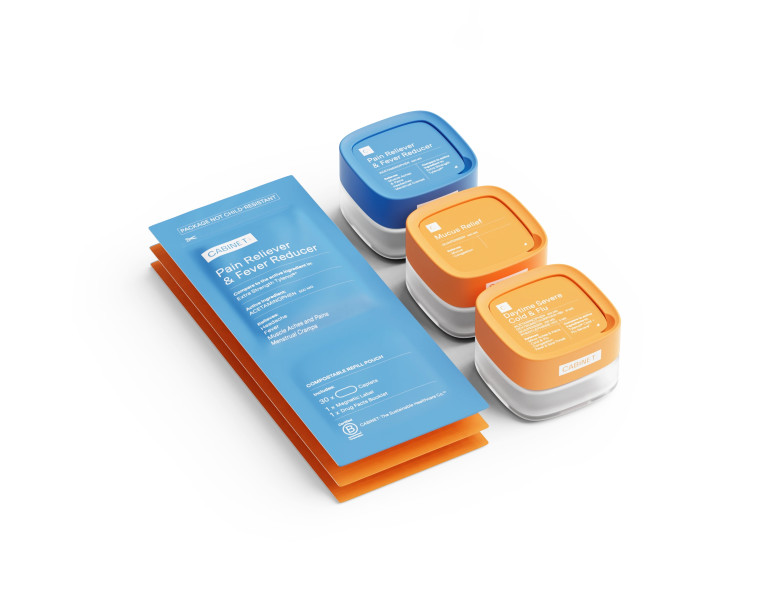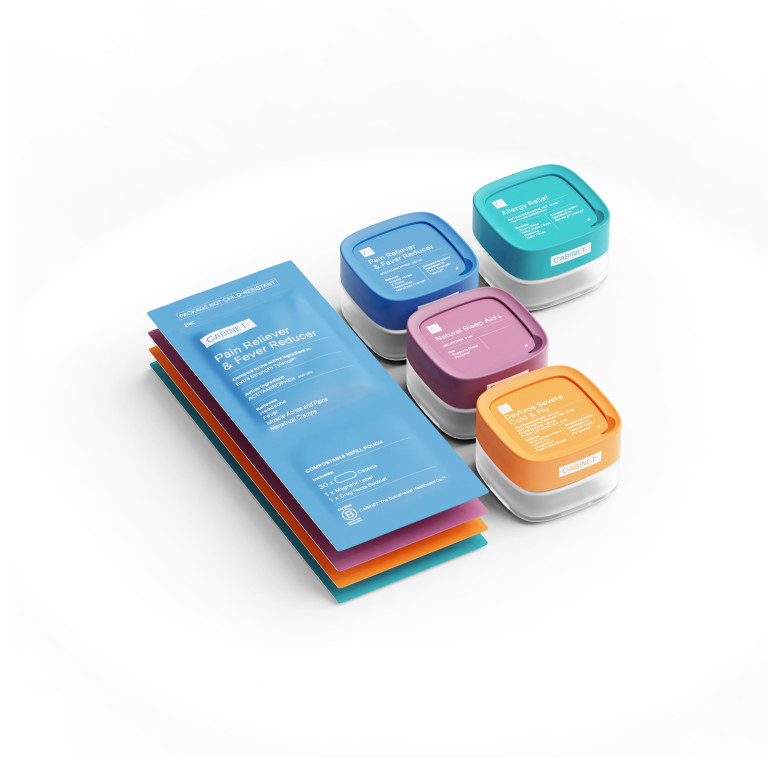A Brief History of Gluten-Free Labeling of Drugs in the USA
There's a lack of transparency of food allergens, such as gluten present in medication labeling and in dietary supplement nutrition facts (but that's a conversation for another day). And the non-existent regulation of gluten-free labeling in drugs is not due to a lack of effort. In fact, the celiac community has been going back and forth fighting for transparency in drug labeling for a long time.
The Food and Drug Administration is in charge of regulating food labeling for food safety and drug labeling. In 2012, legislation was introduced to provide guidance on gluten disclosures in drugs. In 2015, the act was reintroduced and in 2017 a draft guidance on gluten-free labeling recommendations of drugs was proposed by the FDA. Finally, in 2019, a bill designed to lend more transparency in medications on their gluten-free status1 reached the senate. Today, we are still waiting for a final rule on this bill.
What's perhaps more frustrating is that the FDA already has a definition for gluten-free food products. It requires the gluten-free labeling of foods to meet specific standards. In short, gluten-free labeled foods must have <20 ppm of gluten to be labeled gluten-free (which is the researched amount of gluten someone with celiac can be safely exposed to). So what about gluten in drug products?
The Importance of Sourcing Gluten-Free Medications
Despite the lack of FDA regulation of gluten-free labeling in drugs, it is still important that people who need to be gluten-free can access them. Celiac patients for instance can experience over 300-reported symptoms, including damage to the small intestine when exposed to gluten. People with non-celiac gluten sensitivity or gluten intolerance also face similar symptoms after gluten ingestion. In these cases, not being able to access gluten-free medications directly impacts these people's health.
For the sake of the health of those with gluten-related disorders, it is essential gluten-free medications are made available. Especially when the use of medications is typical during times of illness and stress. Adding on the lack of gluten-free labeling regulations for medications makes an already hard time more difficult.
Navigating Medications Without Gluten-Free Labeling
Until we can get more transparent gluten-free labeling requirements from the U.S. Food and Drug Administration, it's important people who need to avoid gluten know how to find safe medications. There are a couple of ways to go about this.
If it's a prescribed medication, first, notify your health care providers (this includes your prescribing doctor and your pharmacist) of your gluten-free needs. Often a pharmacist can help determine if there are gluten-containing ingredients found in the medication by contacting the drug manufacturer.
In some cases, your prescribing provider and pharmacist may not know how to help you. In this instance, you are faced with trying to find a pharmacist who can or doing your own research.
If you decide to check the medication yourself, you'll need to do a few things. First, read the inactive ingredients of the medication to see if you can identify gluten as a binder or filler. While not an all-inclusive list, looking for starches, dextrans, dextrose, dextrates, or dextrins with unidentified sources is a good place to start. If you see any of these ingredients, they could be gluten-derived. For example, starch could be corn starch or it could be wheat starch, a big difference for someone with celiac.
If you've identified ingredients in the inactive ingredient list that appear to be gluten-derived, you know to ask specific questions about these ingredients when calling the drug manufacturer, which is the next step.
When calling the drug manufacturer, ask to verify that there are no gluten-containing grains or derivatives in the product. If you've identified ingredients that could be gluten derived, specifically ask the source of those ingredients. Ex. "I see there is starch in this medication, is that starch from wheat, corn, or...?"
Once you've verified the ingredients don't contain gluten, you can be fairly certain the product is safe. But, of course, double-check with your pharmacist.
A similar process can be used when purchasing over-the-counter drugs. However, lucky you, Cabinet Health takes the headache of reading the ingredient labels of drugs and calling drug manufacturers away. This is because they batch-test their gluten-free medications to confirm there is no gluten content.
There is a lack of regulation for gluten-free drug labeling. This can make accessing prescribed medications difficult but hopefully, the tips in this blog post can help. And when it comes to over-the-counter medications, Cabinet is here to make it easy.










